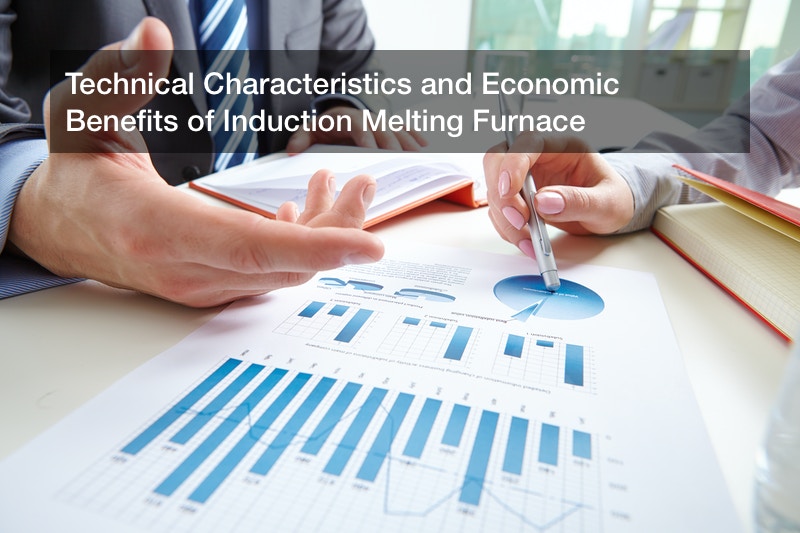Induction melting furnace, also known as a high-frequency heater or high-frequency furnace, is a modern foundry solution that has proved to be highly efficient in energy, speed, and environmental protection of metal casts. It’s a cost-effective steel melting solution compared and the equipment is packed with state-of-the-art technical capabilities such as temperature monitoring and control systems for maximum efficiency.
Induction Melting Furnace Configuration
A typical induction furnace design features the main unit which is essentially a skeleton comprising of two fabricated casings, hydraulic rams, and the central portion of the conducting block.
Sheet-rolling stainless steel and copper pipe used to manufacture the water cooling system in an induction furnace. Water supply and electric power are properly connected to the system and necessary inclinations are considered using the hydraulic rams.
Monitoring and control devices on the furnace are designed on the control panel, which is often at the front. Temperature and frequency regulations are autonomous while the process is in motion. The cooling-water control unit is also fitted with control and signaling sensors.
Practical Use for Induction Melting Equipment
For precision casting business, induction melting furnace offers more versatility when it comes to installation; it’s easy and user-friendly to operate. There are statutory regulations and safety requirements that govern all induction furnace manufacturers to ensure quality products.
- Heat Treatment is one of the metalworking processes and involves several techniques such as annealing, integral quelching, tempering, boriding, brazing, case hardening, precipitation, and heat transmission of various metals — iron, steel, gold, aluminum and others.
- Hot forming also referred to as hot stamping, is a common metal casting process for industrial products and parts. It involves a number of processes such as hot upsetting, whole forging, hot rolling and partial forging that are designed to achieve high-temperature alloy.
- Welding
- Metal smelting of non-ferrous metals and ferrous metals using medium frequency induction furnace. Vacuum smelting, casting, and virtually any metal from gold, copper, silver to aluminum and iron.
- More applications of high-frequency inductive heater include: drying of paints, powder coating, bottle mouth heat sealing, semiconductor single crystal growth, sterilization of surgical instruments, toothpaste skin heat sealing, thermal matching, forging of bolt-heads and rivet heads.
is yet another key application of induction melting furnace. The equipment is used to braze various metal products like working tools, pipes, and metals.
Technical Characteristics and Economic Benefits of Induction Melting Furnace
- Flexible melting operation
- Temperature control
- Space-saving, rugged and sturdy construction
- High power densities
- User-friendly
- Superior performance
- Low maintenance and minimal downtime
- Low cost of operation
- Energy efficient
- Low capital investment
Using cutting-edge advances in induction melting, the equipment is built for maximum efficiency and feature impressive power-saving technology to reduced electrical losses hence improving melting rates. Exceptional power control through optimized power margins and uniform temperature distribution within the furnace. The system is protected from overheating by the magnetic shunts that also minimizes heat losses. Some of the common industries for induction melting furnaces include:
- Mining
- Aerospace
- Metal refineries foundries
- Laboratory and Research centers
- Automotive, solar, defense and manufacturing industries
- Steel processing plants
In today’s dynamic and demanding manufacturing environment, companies need to invest in efficient, affordable and reliable. There quite a number of reputable companies out there that manufacture quality melting equipment using advanced technologies. These technologies are adaptable to a wide range of applications and can be customized according to your foundry needs and capacity. The equipment can be installed for large industrial processes or smaller installations treating small loads; like laboratories.





